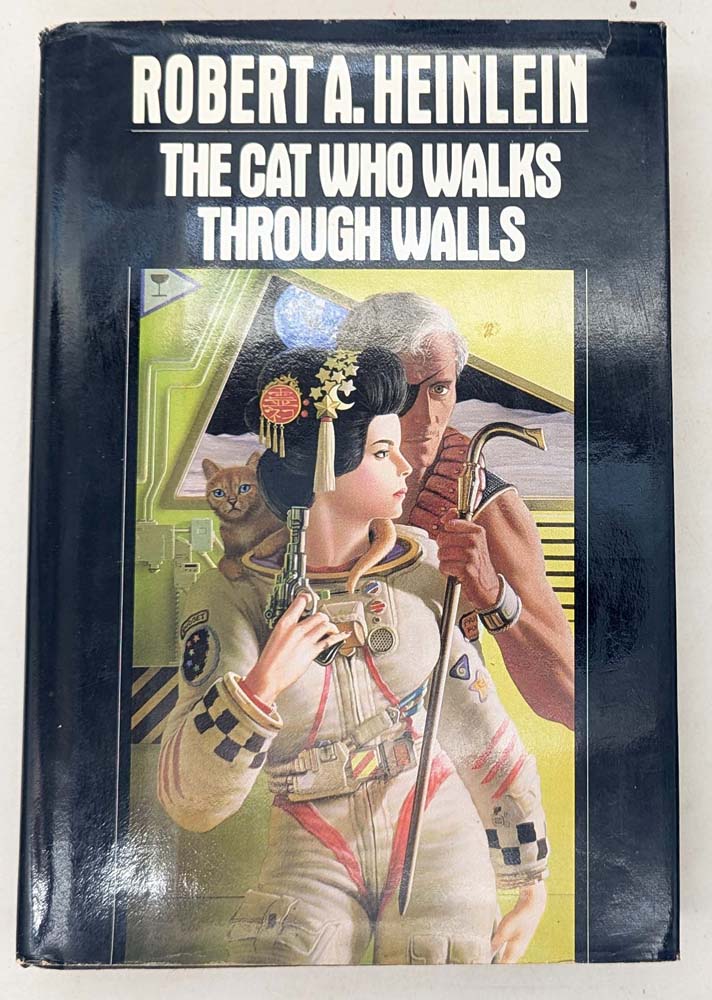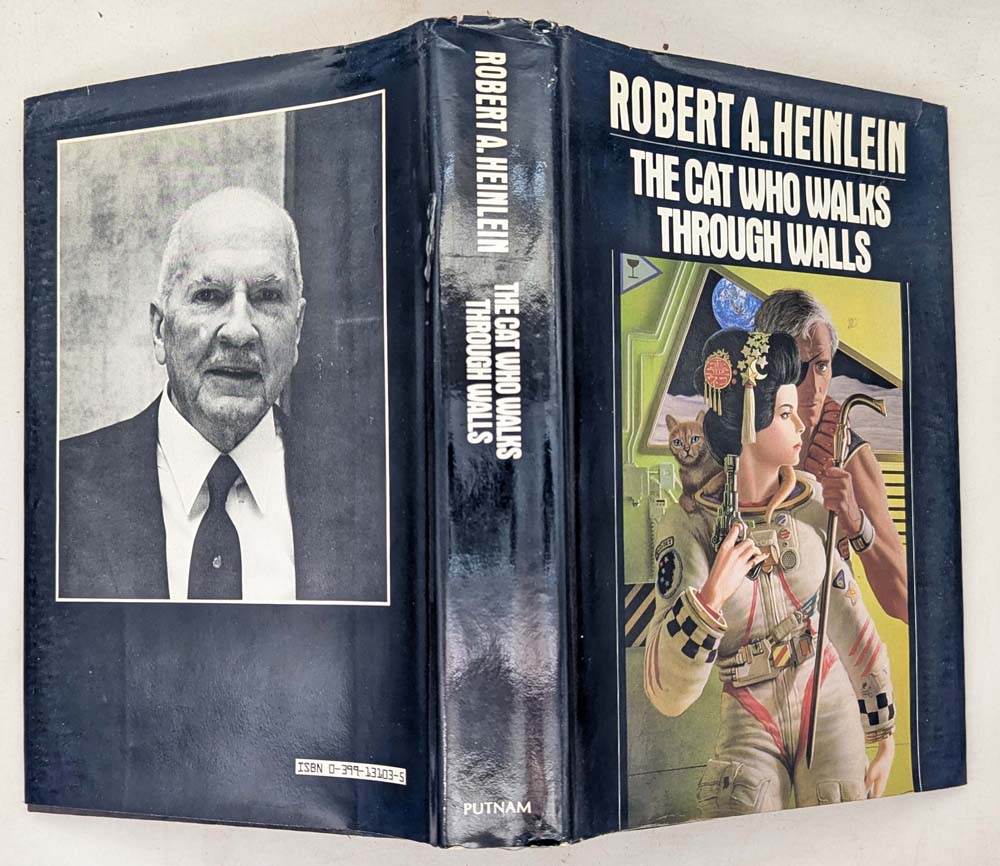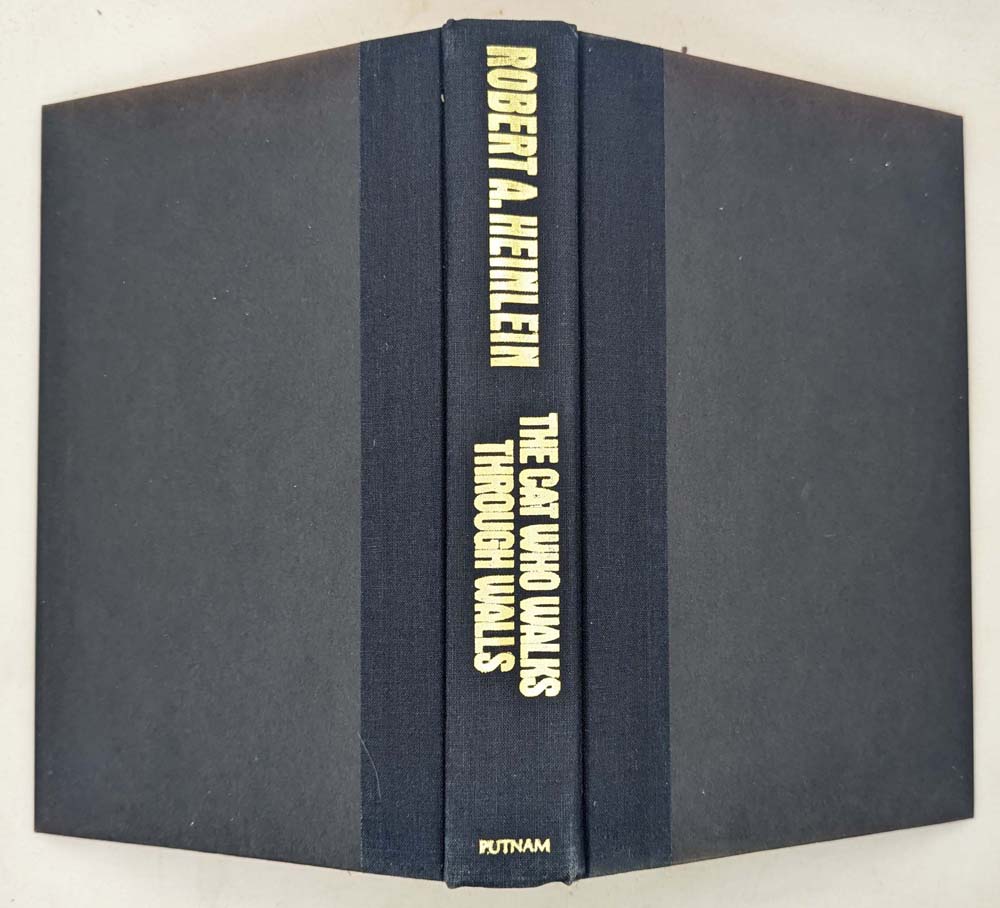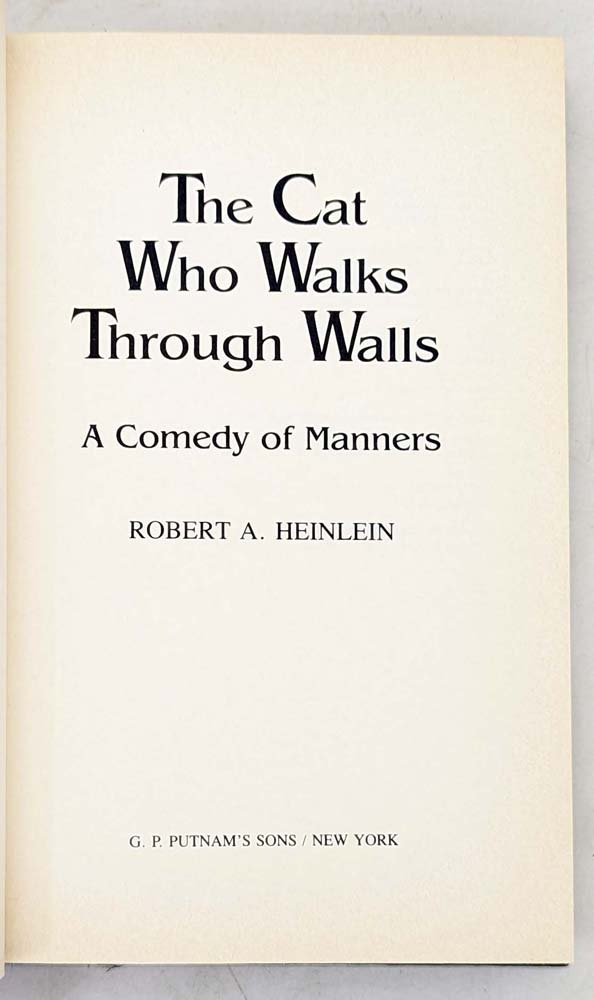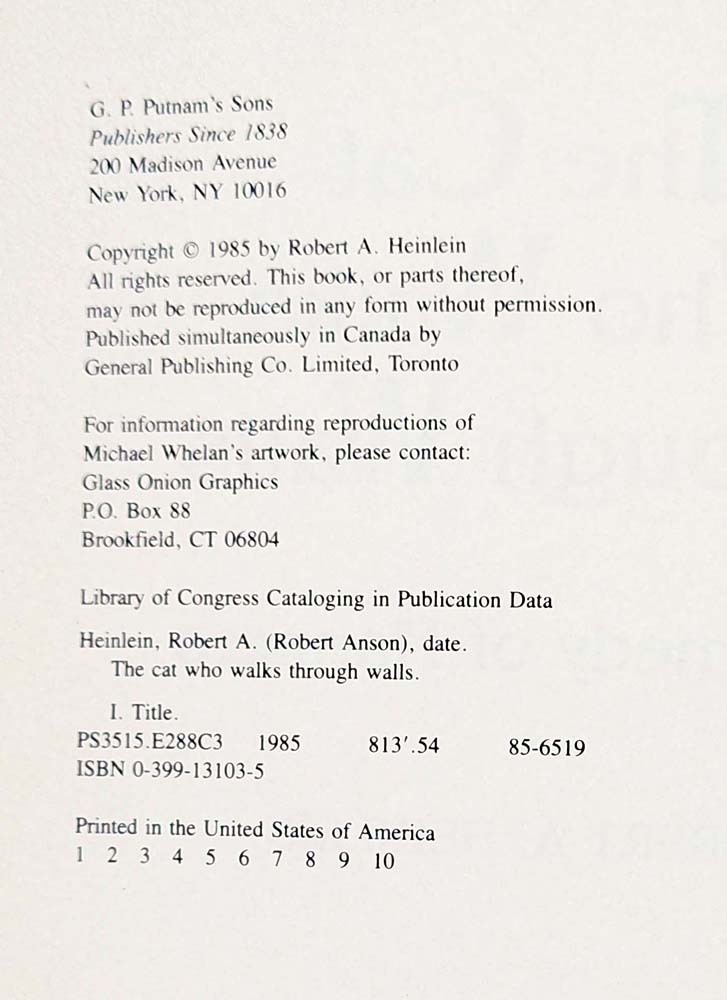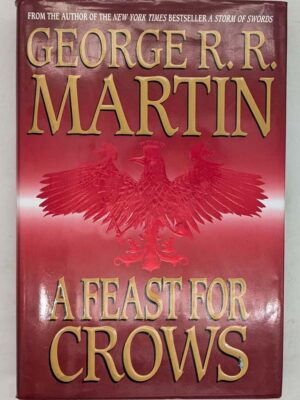The Cat Who Walks Through Walls is a classic science fiction novel by renowned author Robert A. Heinlein, first published in 1985. It is a metafictional, sprawling adventure that expertly blends space opera, political satire, and philosophical inquiry, characteristic of Heinlein’s later “World as Myth” period.
The story is narrated by Colonel Colin Campbell, a retired military officer and writer living on the artificial moon-based colony of Golden Rule. His life is upended when a stranger is murdered at his table, prompting him and a fascinating woman named Gwen (a talented artist and, it turns out, much more) to flee for their lives. Their escape propels them on a chaotic journey across the solar system, from the Moon to the legendary free-space habitat of Heaven.
The novel is less a straightforward plot and more a series of increasingly wild encounters and paradoxes. Central to the story is the mysterious and seemingly omnipresent cat named Pixel, who literally walks through walls, serving as a symbol of the narrative’s disregard for conventional reality and fixed timelines.
Heinlein uses this adventure as a vehicle to explore his favorite themes: individual liberty, love, duty, the nature of reality, and the structure of society. The book is also deeply self-referential, tying together characters and concepts from many of his previous works, including The Moon Is a Harsh Mistress, Time Enough for Love, and To Sail Beyond the Sunset, treating them all as part of a single, interconnected multiverse of stories.
Praised for its cleverness and audacity but sometimes critiqued for its discursive tangents, The Cat Who Walks Through Walls is a quintessential late Heinlein novel. It is a mind-bending ride that challenges the reader to keep up, offering a blend of high-concept speculation, witty dialogue, and a celebration of resilient, competent heroes navigating a universe where nothing is as it seems.
